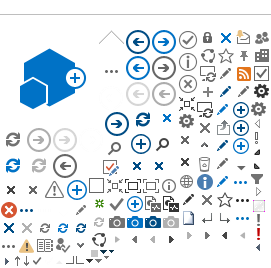One solid benefit of the network funding will be the growing of communication between, and linking together of researchers within the different STFC departments. Taking a cursory inventory of the departments within STFC that are engaged in some way in life sciences research we find the Central Laser Facility (CLF) with its mixture of expertise across physics chemistry and biology is bringing its unique capabilities to bear on probing systems with rapid light pulses. The ISIS pulsed neutron source is garnering information from neutron interactions with biological molecules and biomedical systems. Instrumentation Department (ID) and the Centre for Instrumentation (CfI), with its proven technical and project management skills are pushing the boundaries on how information from the facilities is gathered. It should be noted that CfI has already actively engaged the MRC research laboratories in technical discussion. Computational Science and Engineering Department (CSED) which has the ability to model complex systems, is building predictive power and the ability to perform virtual experiments on those systems. Then Diamond Light Source Ltd (DLS) is perhaps unique in including trained life scientists in its ranks.
The network funding will certainly help foster external relationships. The support of visiting researchers is targeted in the resources listing. For overseas workers the funding to allow a stay within the laboratories for some weeks or months is invaluable. Complete engagement with the internal staff pushing the science and technology internally will benefit both parties.
It is acknowledged that engaging enthusiasm in the clinical community is not perhaps as easy as that with academia. However, is essential in these endeavours that the team has someone from this world to advise on the alignment of the work with those who it will eventually serve. Medical researchers understand the clinical needs and restrictions. They will promote the work within their peer groups and aid logistical issues such as ethics approval, and tissue sample acquisition. Their own ability to fund such activities will be an aid to the work of the network bringing significant funding leverage.
Through forums, workshops, cross-project management, and inter-disciplinary research, the network will help to set up an infrastructure to promote greater knowledge exchange within STFC facilities and its user community both nationally and internationally. It is envisaged that the activities of the proposed network will enable faster, more natural information flow from the science to detector/facility development so that projected benefits of the BioMed Network will have a world wide impact.
It is in the area of functional imaging within living systems that a lot of the activity will take place. Taking the science of biological systems to new heights of probe less imaging, and in-vivo quantitative measurements.
